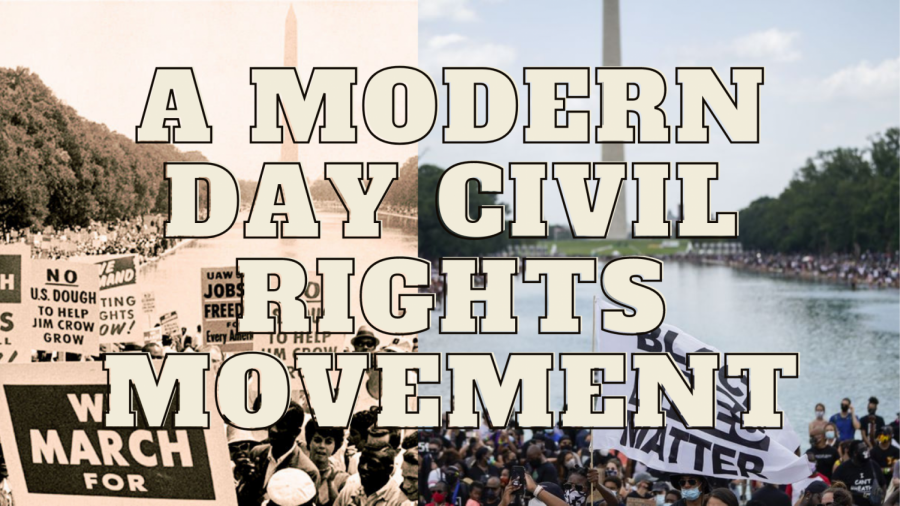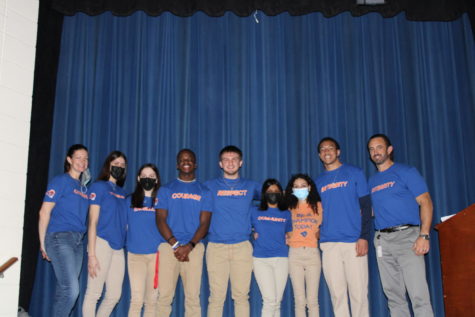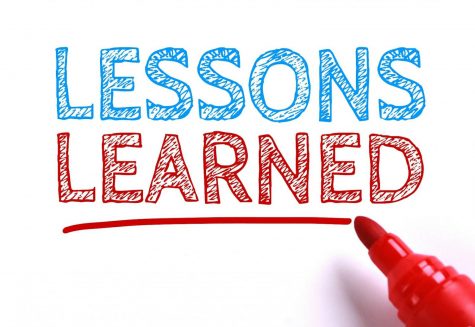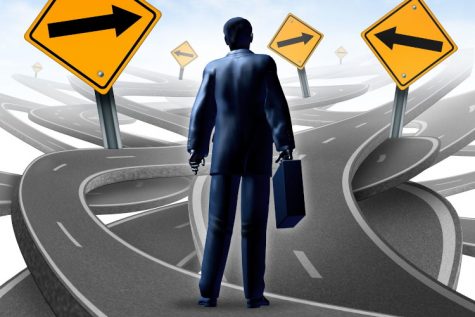A Modern Day Civil Rights Movement
Over fifty years ago the Civil Rights Movement era came to a close, but how much of the past is really the past? February is Black History Month, but history tends to repeat itself and no other event highlights this like the correlation between the Civil Rights Movement and the Black Lives Matter movement. Similarities such as motives, protests, and brutalities flare through the movements. By analyzing the two time period defining events, the repeated constants become self-evident.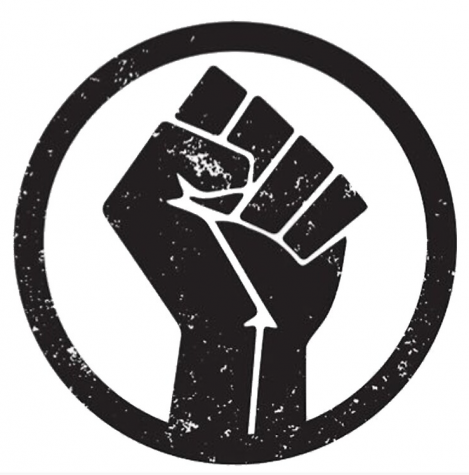
At the core of both movements, their purpose and initiative is to defend the rights of African Americans. It is no secret that the black community of the United States have consistently faced injustice and unconstitutional measures in their civil rights. This discrimination in rights and safety served as a catalyst for both movements. In 1995, National Association for the Advancement of Colored People member Rosa Parks was arrested for refusing to give up her seat on a local bus in Montgomery, Alabama. Her actions not only deemed her the mother of the civil rights movement, but also established the beginning of an era for African Americans world wide. 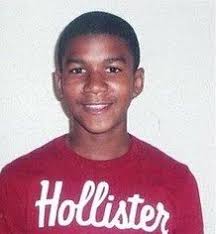 Similarly, the Black Lives Matter movement sparked because of systemic racism and the continuation of the unjust treatment of the black community. In 2012, 17 year old Trayvon Martin was shot and killed in Sanford, Florida. Martin was unarmed and possessed no threat to the man who killed him. After this horrific event, the hashtag “Black Lives Matter” quickly gained momentum. Although the hashtag didn’t reach mass media again until 2020, the unjust deaths in the black community did not stop. Some of the other tragic losses include: Eric Garner, Michael Brown, Tamir Rice, Walter Scott, Alton Sterling, Philando Castile, and Stephon Clark. Eight years later, the movement continues following the murder of Breonna Taylor and the public assassination of George Floyd. Since these events, the public has become overwhelmingly aware of the injustice the black community faces all around the world.
Similarly, the Black Lives Matter movement sparked because of systemic racism and the continuation of the unjust treatment of the black community. In 2012, 17 year old Trayvon Martin was shot and killed in Sanford, Florida. Martin was unarmed and possessed no threat to the man who killed him. After this horrific event, the hashtag “Black Lives Matter” quickly gained momentum. Although the hashtag didn’t reach mass media again until 2020, the unjust deaths in the black community did not stop. Some of the other tragic losses include: Eric Garner, Michael Brown, Tamir Rice, Walter Scott, Alton Sterling, Philando Castile, and Stephon Clark. Eight years later, the movement continues following the murder of Breonna Taylor and the public assassination of George Floyd. Since these events, the public has become overwhelmingly aware of the injustice the black community faces all around the world.
Despite the 52 year gap between the movements, the action taken for change remains the same. Peaceful protests and civil disobedience are highlighted actions that groups have taken to invoke change. During the CRM, Martin Luther King Jr. spearheaded most of the peaceful actions. One example was the Montgomery Bus Boycott, where following Parks’ actions, a group of black individuals boycotted the bus system. The Montgomery bus system’s customers were more than 75% black. The boycott lasted 382 days, until the U.S Supreme Court ruled that segregation of a bus was unconstitutional. Sit-ins were also a common practice. 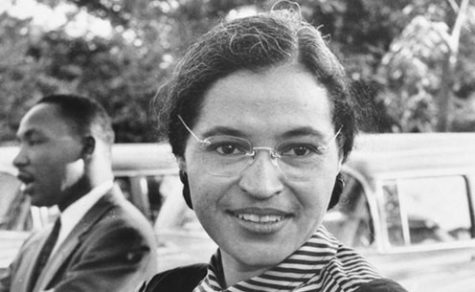 The most notable sit-in was the Woolworth’s lunch counter in Greensboro, North Carolina. A group of black college students sat at a segregated restaurant and politely asked to be served, when they were declined they remained seated until closing. The next day a larger group of students came and the cycle repeated, until restaurants started integrating. Although different forms of peaceful protests were enacted, the Black Lives Movements also demonstrated acts of nonviolent rebellion. Some of the most popular forms were marches that swarmed the nation. Major cities like Minneapolis, Cincinnati, Newark, and Washington D.C. held some of the most populated protests. Black Lives Matter supporters also encouraged social media “black outs.” These took place over Instagram, Twitter, TikTok, and Facebook. Continuity not only exists between movements, but also with the action each group took to create change.
The most notable sit-in was the Woolworth’s lunch counter in Greensboro, North Carolina. A group of black college students sat at a segregated restaurant and politely asked to be served, when they were declined they remained seated until closing. The next day a larger group of students came and the cycle repeated, until restaurants started integrating. Although different forms of peaceful protests were enacted, the Black Lives Movements also demonstrated acts of nonviolent rebellion. Some of the most popular forms were marches that swarmed the nation. Major cities like Minneapolis, Cincinnati, Newark, and Washington D.C. held some of the most populated protests. Black Lives Matter supporters also encouraged social media “black outs.” These took place over Instagram, Twitter, TikTok, and Facebook. Continuity not only exists between movements, but also with the action each group took to create change.
Even though both the Civil Rights and the Black Lives Matter movements show the urgency for positive change, these efforts do not go without unfair repercussions. One of the most distinguished acts of unjust consequences faced by protesters is police brutality. During the 50s, the police used beatings, high pressured power hoses, and unlawful arrests of peaceful protesters to try and hush the voices needed to be heard. Similar to the Civil Rights Movement, the protests during the BLM movement experienced police backlash. Although beatings and unlawful arrests have remained constant throughout the movements, tear gas and rubber bullets were far too familiarized at today’s protests.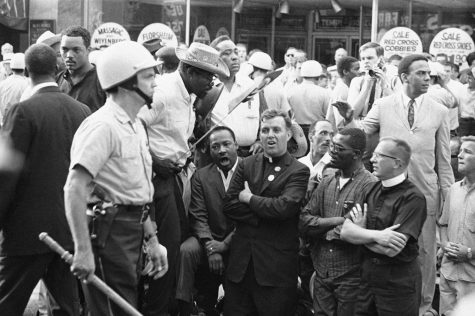
Although the progress made is undeniable, the amount that still needs to be done is unacceptable. People should not be fighting for their civil liberties, a basic human right. The problem may seem bigger than any one person, but change can be made. Donating to trusted sites like the NAACP and the United Way funds can make a major impact not only to the movement but to individual black lives. You can also help by supporting black owned businesses, and promoting their products by sharing a link or buying their stock! Most importantly, be an educated ally. Take the time to read trustworthy sources (like the ones below) to educate yourself. There is a long and hard battle ahead for the black community, but in the words of Martin Luther King Jr., “In this unfolding conundrum of life and history, there “is” such a thing as being too late. This is no time for apathy or complacency. This is a time for vigorous and positive action.”
Sources:
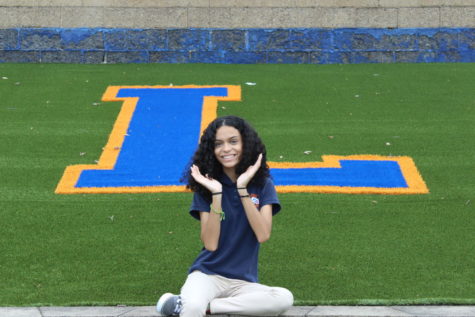
Q: How do you want others to see you?
A: I want others to see me authentically. I feel like I struggled for a long time to just me myself so now,...


